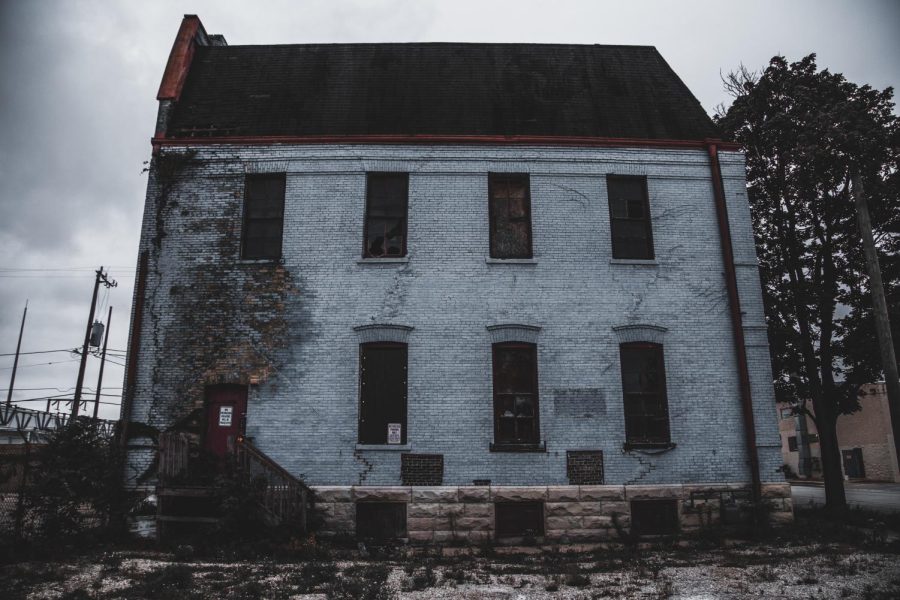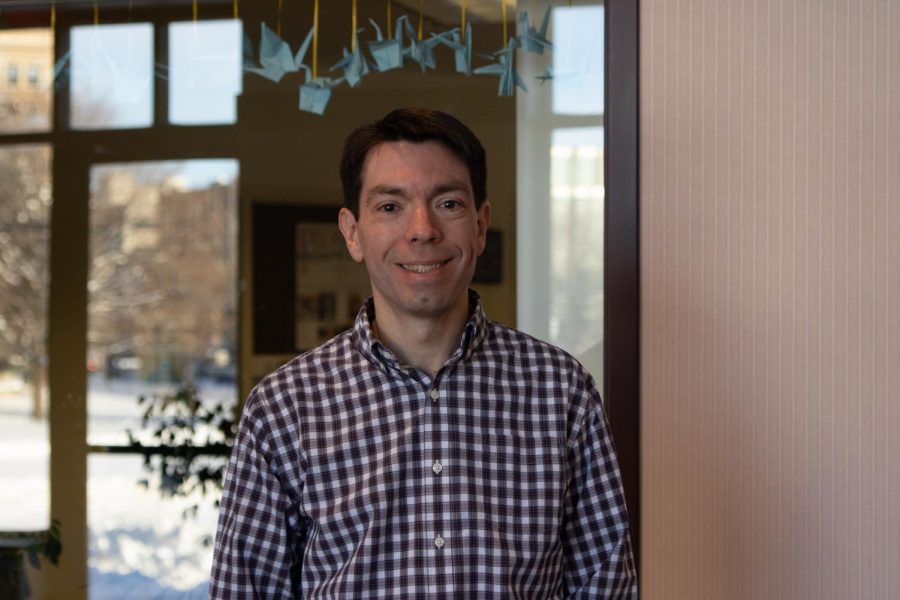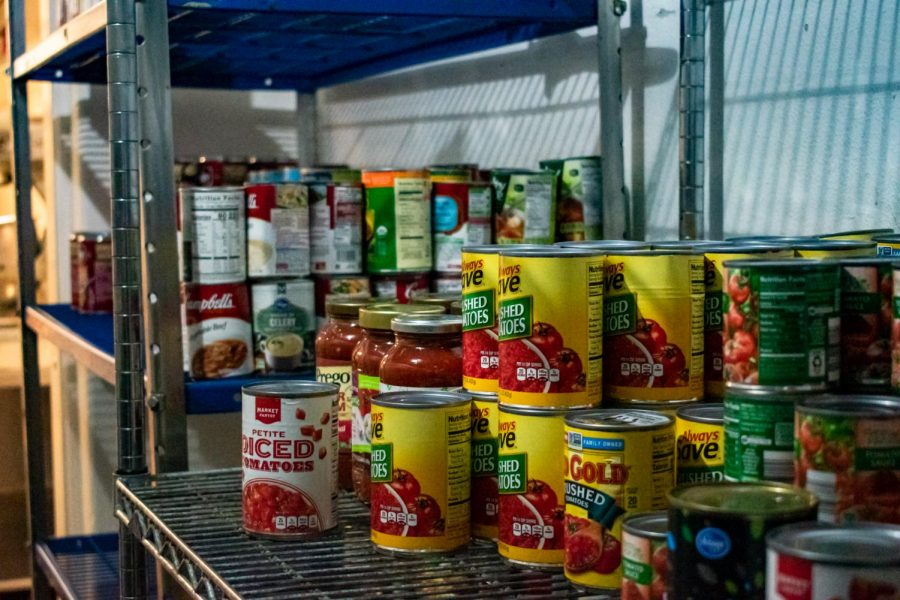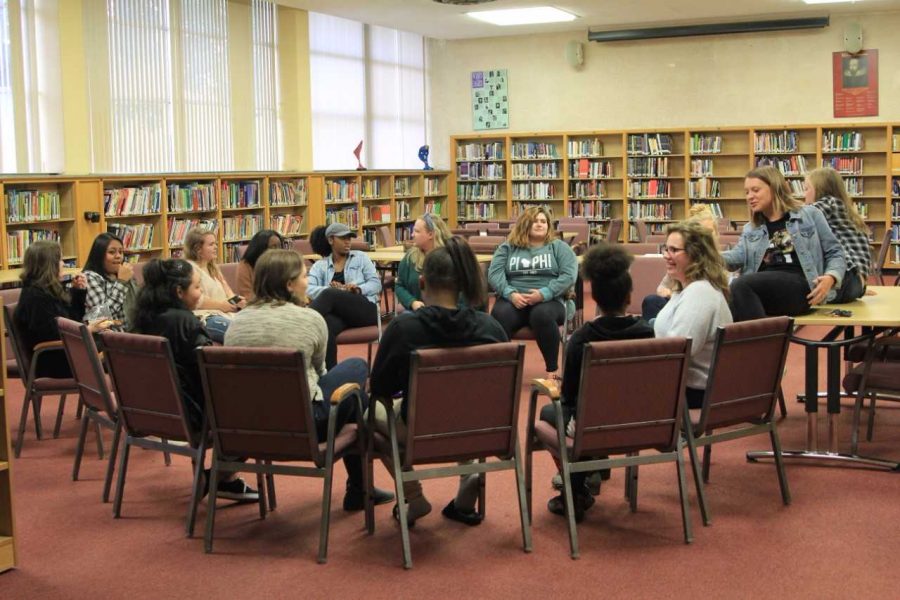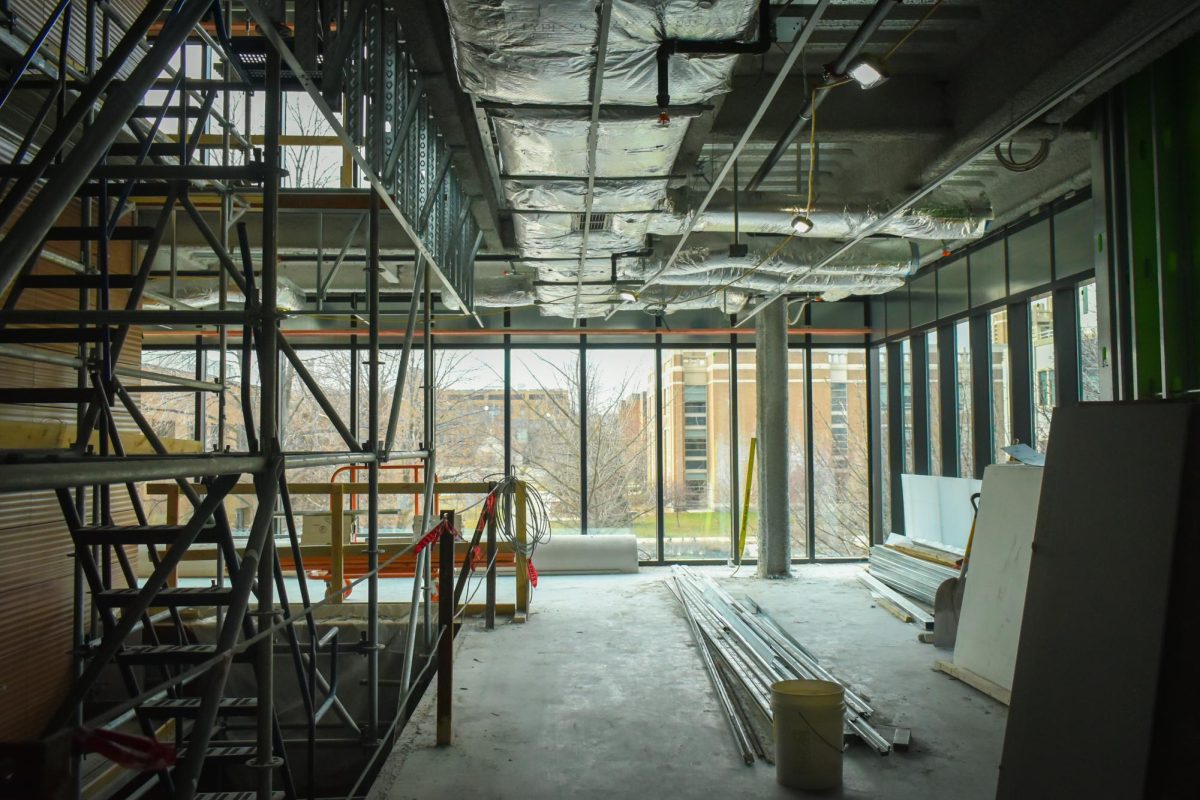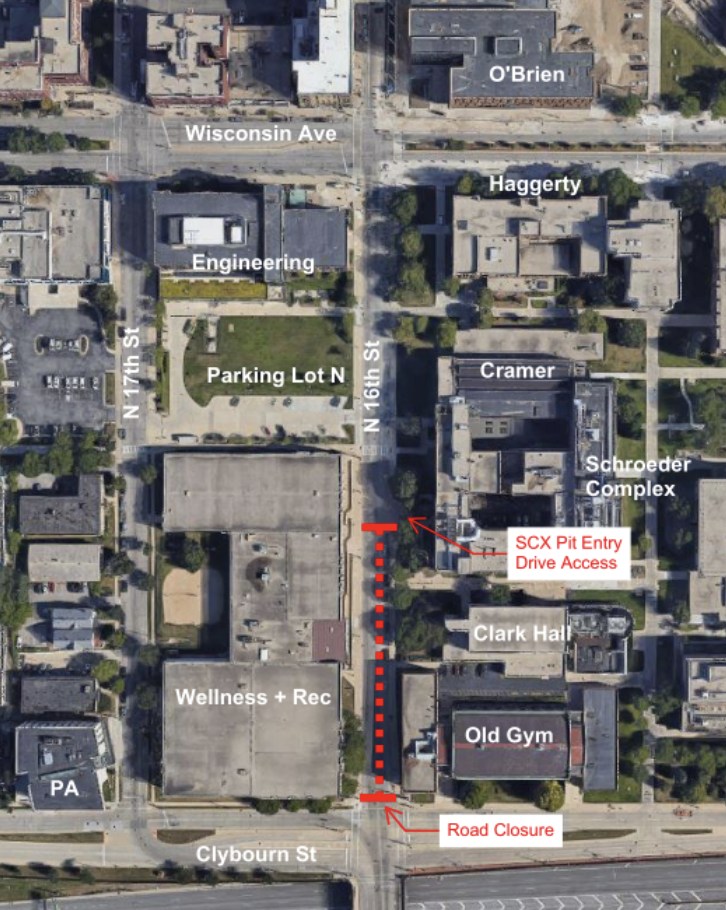Her eyes sparkle above her mask, which is adorned with diverse, cartoon nuns in prayer. She walks through a warehouse brimming with clothes and construction materials, and speaks with a calm confidence. She is Sister MacCanon Brown, a powerhouse for the poor, and president of a shelter in her name.
“I didn’t choose the name,” Brown says with a smile, as she opens the door of the MacCanon Brown Homeless Sanctuary.
Although Brown didn’t choose the name, she did choose a life of service. Now, at age 74, she is the fresh face of a movement.
‘God just opened a path for me’
On the twilight-hued ceiling of the sanctuary is the Milky Way solar system. Built recently by students from the Milwaukee School of Engineering, over one hundred fluorescent stars blink bright above Brown, who says the idea of a dome came from a vision.
“What the Holy Spirit was showing me was the parallel between the Underground Railroad out of slavery and the Underground Railroad out of homelessness and poverty,” Brown says. “They followed the North Star, and now we have the North Star here.”
Having attended Otterbein College, in Westerville, Ohio, where she engaged in Black studies and attended civil rights events in Columbus during the peak of the Civil Rights Movement in 1963-65, Brown has long been involved in social justice efforts.
But for Brown, these efforts were not always part of her professional life; She says she moved to Milwaukee in 1986 to live as an artist, not an activist.
“I had come here believing that the ultimate lifestyle was to hobnob with the arts community, so I tried that,” Brown says.
That community, Brown goes on, didn’t feel much like one at all. Rather, the scene left her feeling overwhelmed and vulnerable, as if she was centered at a crossroads and unsure of which path to take, she says.
Faith-filled but financially struggling, Brown came to a realization.
“We are all designed to live in community,” Brown says. “From that point on, it was as though God had opened up a path for me.”
That path directed her to homeless outreach, and by April 1992 led to positions as founding member, board president and later executive director of Repairers of the Breach, a daytime shelter and resource center for adults in poverty.
When she parted ways with Repairers of the Breach in 2013, the path guiding her journey took yet another turn. With a trusted, close group of friends, the MacCanon Brown Homeless Sanctuary came into being.
And for those who work with her, its existence as well as hers is a blessing, they say.
“As most of Milwaukee knows, Sister MacCanon is a godsend to the entire underprivileged community,” says Connie Moorer, program and resource coordinator for the Sanctuary. “She means so much to my family, and to so many other people.”
Moorer met Brown more than two decades ago, she says. The two were formally introduced through Moorer’s mother, who passed away in 2012.
“She’s become like a surrogate mother to me,” Moorer says. “The work that she does, when I start to talk about it, it makes me want to cry.”
In addition to the work that Brown does, the history that she has created for this city will never be forgotten, Moorer says.
“It melts my heart to be able to say that I am an employee of the MacCanon Brown Homeless Sanctuary,” Moorer says.
‘There is hardly a safety net’: Segregation and scarcity in the city.
While the problem of homelessness in Milwaukee is an old one, the Sanctuary, located at 2461 W. Center Street, has a new solution: to pioneer an all-inclusive model of food production and meals; bathroom and shower units; spaces to sleep as well as medical and employment services.
Founded on the premise of “transformational solidarity,” which unites over 600 volunteers from 60 organizations citywide, the Sanctuary is in the process of extensive renovations. And with volunteers that are 50% suburban and 50% local according to her own estimations, it’s like working with an extended family, Brown says.
“That’s a whole lot of what solidarity means,” Brown says. “Because Milwaukee is so segregated, it’s unusual to find that kind of arrangement.”
Segregation and scarcity of resources are what led Brown to station the sanctuary in the 53206 zip code of the Amani neighborhood, where 93% of residents are African American, and 51% live in poverty, according to Byrne Criminal Justice Innovation.
There, poverty is not an isolated issue, as additional factors such as access to food trap people in a cycle of struggle that could lead to homelessness.
“People don’t have fresh produce,” Brown says. “If you don’t have a car, all you have in this neighborhood are, like, four or five mom and pop stores … but the inventory is mainly potato chips and malt liquor.”
Those who don’t have access to healthy, reliable food are at higher risk for health issues such as heart disease and other diet and nutrition related complications. Distance from supermarkets correlates with these problems; neighborhoods in these ‘food deserts’ are hit the hardest.
In other words, there are “hardly any resources to address basic human needs,” in the Amani neighborhood, Brown says.
And here’s where the Sanctuary comes in.
‘There’s laughter here, for sure’: Faith in the future
Each day is full of encouragement for Brown, as the five-floor Sanctuary is still being renovated to accommodate aquaculture, which is the farming of fish, as well as a stage for meetings and music, among other dynamic features.
“When I wake up in the morning, I get all this energy,” she says, as she shows off space for an emergency warming shelter for cold nights.
The “interfaith, non-canonical and nonpartisan” shelter reaches around 100-150 men, women and children each week, according to Brown’s estimations, as services are still being provided twice a week amidst construction.
“You’re given nothing but respect, love and dignity when you’re in the Sanctuary,” says Dave Engsberg, volunteer. “For the place to be called a sanctuary, that’s right on.”
It’s a violence-free space, Engsberg says, and Brown confirms, noting that although the Amani neighborhood struggles from gun crime, there has not been an incidence of brutality at the shelter in the entire time it has operated.
“People feel safe here,” Brown says. “There’s laughter here.”
This story was written by Lelah Byron. She can be reached at lelah.byron@marquette.edu.

